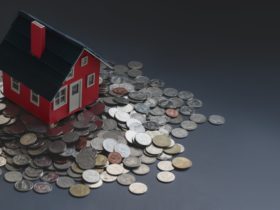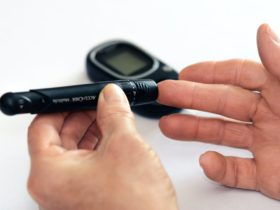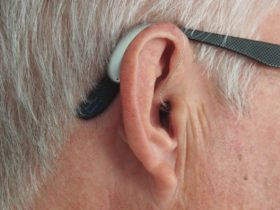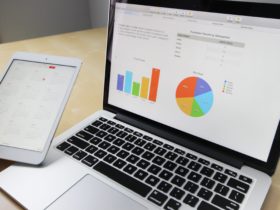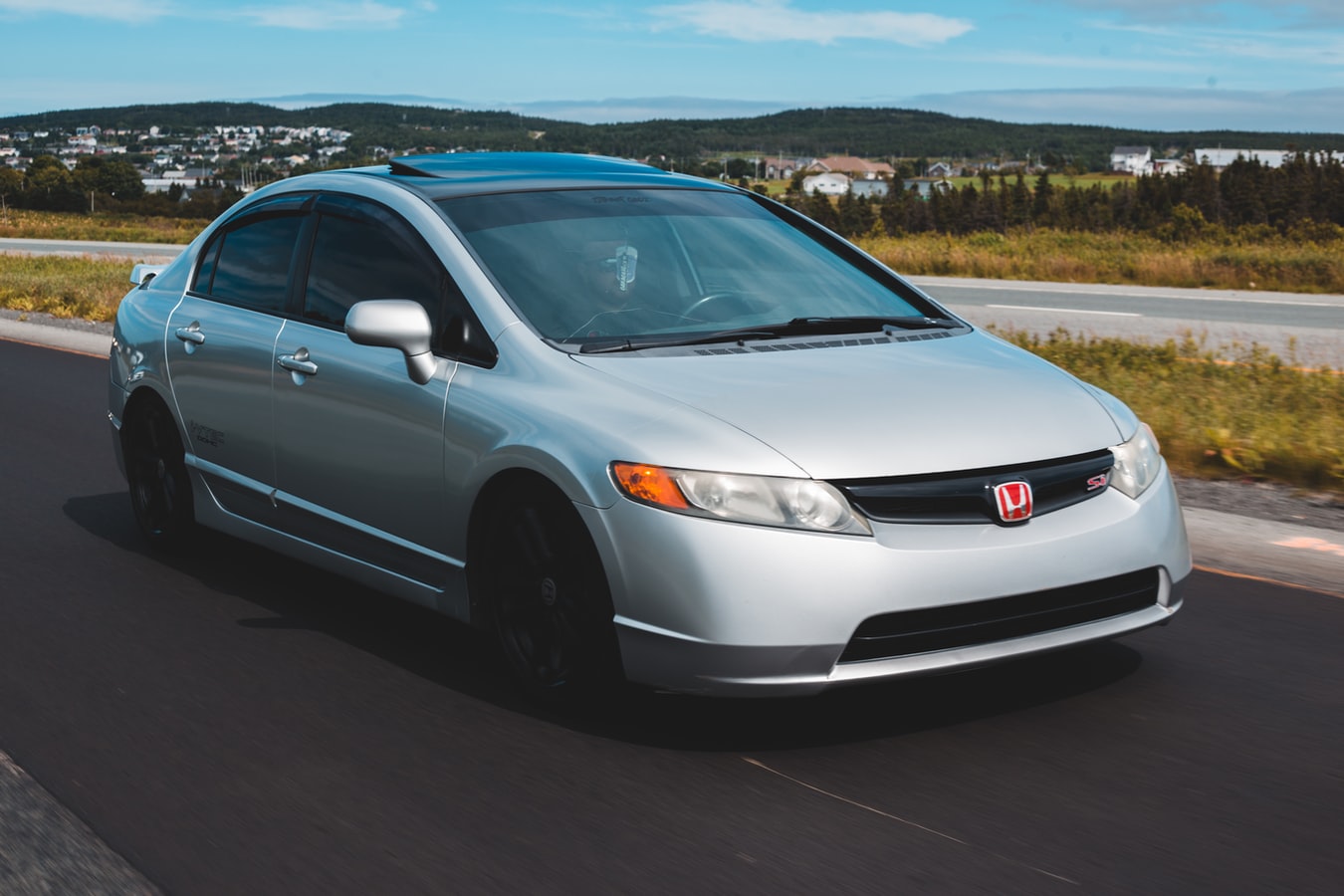We explain the seven important steps that will help you ensure you get a great car and a great deal when you buy a used car.
Finance First
The ideal first step to buying a used car is to arrange financing with a credit union before you start looking for cars. Credit unions usually offer loans at better terms than banks or online lenders. But if you can swing it, pay for the car in cash.
Check Reliability of The Car
Check Consumer Reports to assess the reliability of the used car you’re thinking of buying. The magazine usually prints an auto issue every April. It compiles reliability ratings for about 17 common problems faced by over a million cars on the road.
Research Prices
Once you have a shortlist of reliable cars, check online for their prices. Compare the prices on sites like Edmunds, KBB, or NADA. Pay attention to the make and model, model year, and maximum mileage. Use site filters to narrow down options.
Check Online
Next, start searching for used cars online on the many sites and forums available. Ask dealerships if their quotes include fees like paperwork fees and document fees. These fees can be negotiated away.
VIN Run
Once you have a car or two that you like, get their VIN and license number, and run a vehicle history report. You’ll get all the vital details that will tell you whether the car is worth buying or not.
Inspection
Next, hire an ASE-certified mechanic to inspect the car you’re considering. Don’t trust the seller. A used car is usually sold in an ‘as is’ condition and you will inherit it with all its issues. So make sure you’re okay with it. Expect to pay about $100 to $200 for the inspection.
Close the Deal
Once you’re sure about it, ensure that there are no last-minute surprises. Walk away if there are. Remember to check your financing and ensure that it’s in order. Research whether you should buy an extended warranty before deciding. If you do buy one, only buy one from the manufacturer.
Follow these steps to minimize the used-car buying risk and save money in the long haul.






